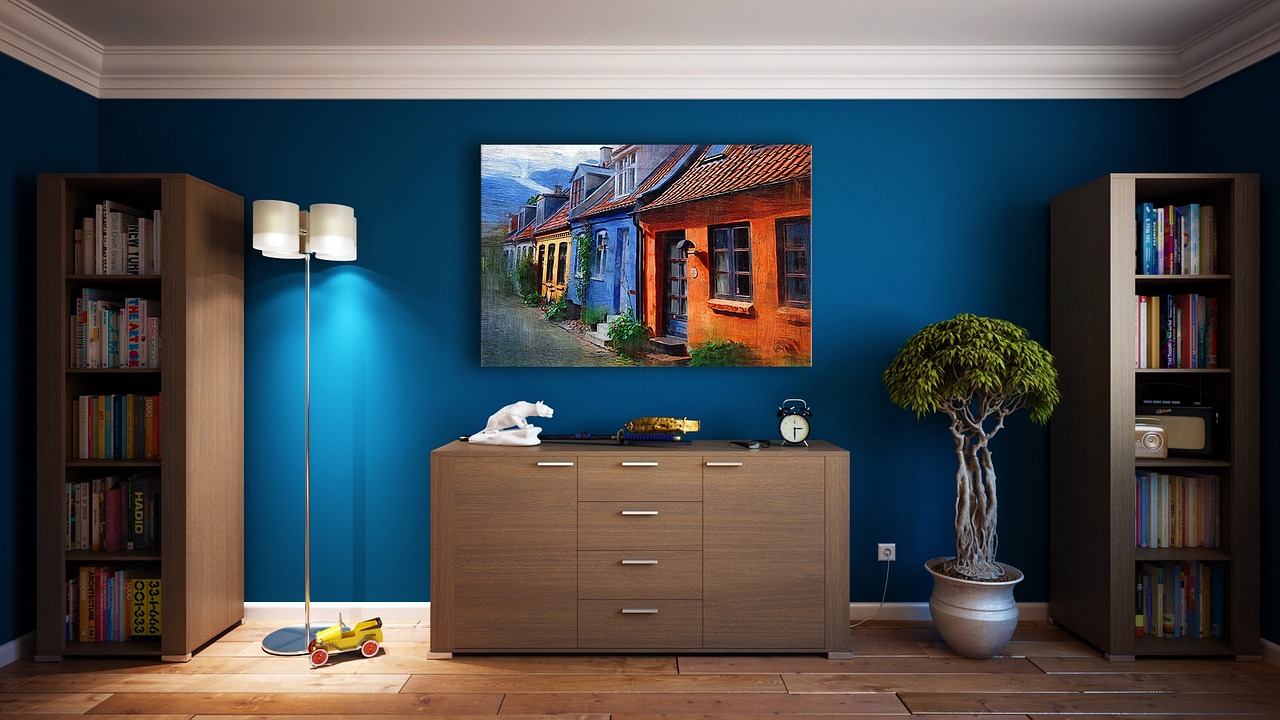Creating a beautiful home might sound simple, but where do you start? Whether you’re making over your entire space or simply refreshing a room, careful planning and thoughtful design are essential to creating a space you love. It’s easy to overlook key details that can disrupt the flow and feel of your interiors – even seasoned designers make mistakes!
Read on to discover the top interior design mistakes to avoid, so you can bring your vision to life. Ready to create your perfect space? Let’s get started.
Not considering maintenance and durability
The fun part of interior design is picking out all the items that will spruce up your home and decor. Before you get ahead of yourself and go for the most stylish option, it’s important to consider the maintenance and durability. You have to live with these decisions, day in and day out, so it needs to be the right one.
While that plush white sofa or delicate hardwood floor might look stunning in the showroom, they may not stand the test of time, especially if you have kids or pets. It’s important to choose options that not only fit your aesthetic but also your lifestyle. For example, easy-to-clean and durable flooring options, like hybrid or vinyl plank, are both practical and stylish, meaning your home will look great without much upkeep.
Similarly, opt for furniture with stain-resistant fabrics like microfiber, vinyl, or leather to ensure you aren’t spending all your time cleaning off marks. For walls, washable paint in a satin finish is a must-have to save you from future headaches.
Neglecting the power of colour
Colour is one of the most impactful elements of interior design, so use it to your advantage. Choosing the wrong hues can easily make a room feel cramped, dark, or uninviting, while lighter shades can open up a space, making it feel larger and more airy.
When selecting colours, think about the atmosphere you want to create, from the ceiling down to the floor. For a calming space, cool tones like blues and greens work wonders, while bold colours like reds and oranges can energise a room and bring out a touch of personality. For flooring, go for something neutral as this will give you plenty of room to accessorise with rugs and decor.
Using too many colours
While neglecting the role of colour is one thing, it’s just as easy to get carried away and use too many. This common design mistake can make a room feel chaotic and disjointed. Instead, aim to use two or three complementary shades so each one flows together. When using bold colours, consider keeping the rest of the space neutral so these tones really pop. A simple colour scheme will make your space feel balanced and thoughtfully designed.
Overlooking the impact of paint finish
While colour often steals the spotlight, the finish of your paint is just as important. A matte finish can give walls a soft, modern look but may show wear and tear more easily. Gloss or satin finishes, on the other hand, reflect light and are much more durable, making them great choices for spaces like kitchens or bathrooms. When selecting a paint finish, think about the function of the room and how much light it gets.
Overlooking the importance of lighting
It’s all about the light. Even the most beautifully designed room can feel flat without the right lighting. A well-lit room comes down to a mix of ambient, task, and accent lighting to ensure the space is functional and inviting.
Ambient lighting such as downlights, brightens the whole room, while task lighting focuses on areas where activities occur—like reading, cooking, or working. Accent lighting highlights key features or decor, adding interest to your space. Together, these layers create a balanced, welcoming atmosphere.
Also, don’t forget about the importance of natural light. Large windows can flood a room with warmth, making it feel more spacious. Choose light, airy curtains or blinds that can be adjusted to control both light and privacy to bring out the best in your room at different times of the day.
Choosing the wrong furniture size
Selecting the wrong size furniture for the space can really throw off the atmosphere. Furniture that’s too large can crowd a room, making it feel cramped, while pieces that are too small can leave a space feeling empty.
Large rooms can naturally handle bigger pieces, while smaller spaces benefit from compact furniture. It’s also important to leave enough room for movement—aim for clear pathways between pieces, avoiding cluttered areas that can feel tight. A well-planned layout will make your room more comfortable and functional for everyday living.
Ignoring the flow and function of space
When designing a room, it’s easy to get caught up in aesthetics and forget about the practicalities of how the space will be used. Every home is different, and considering the needs of those who live there is key to creating a functional space.
With open-plan spaces for example, it’s important to create clear zones for different activities, such as a dining area, a relaxation space, or a work nook. This helps define each area, making the space feel organised. For a closed-plan layout, using consistent design elements will help create flow between rooms, while area rugs can create different areas within. Whatever your space looks like, try and think about the daily routines of each household member and go from there.
Interior design is all about balance, and by keeping these tips in mind, you can avoid common pitfalls and create a home that is both cohesive and inviting. Don’t be afraid to experiment and have fun with your design. After all, your home should reflect your personal style and be a place where you feel completely at ease.

